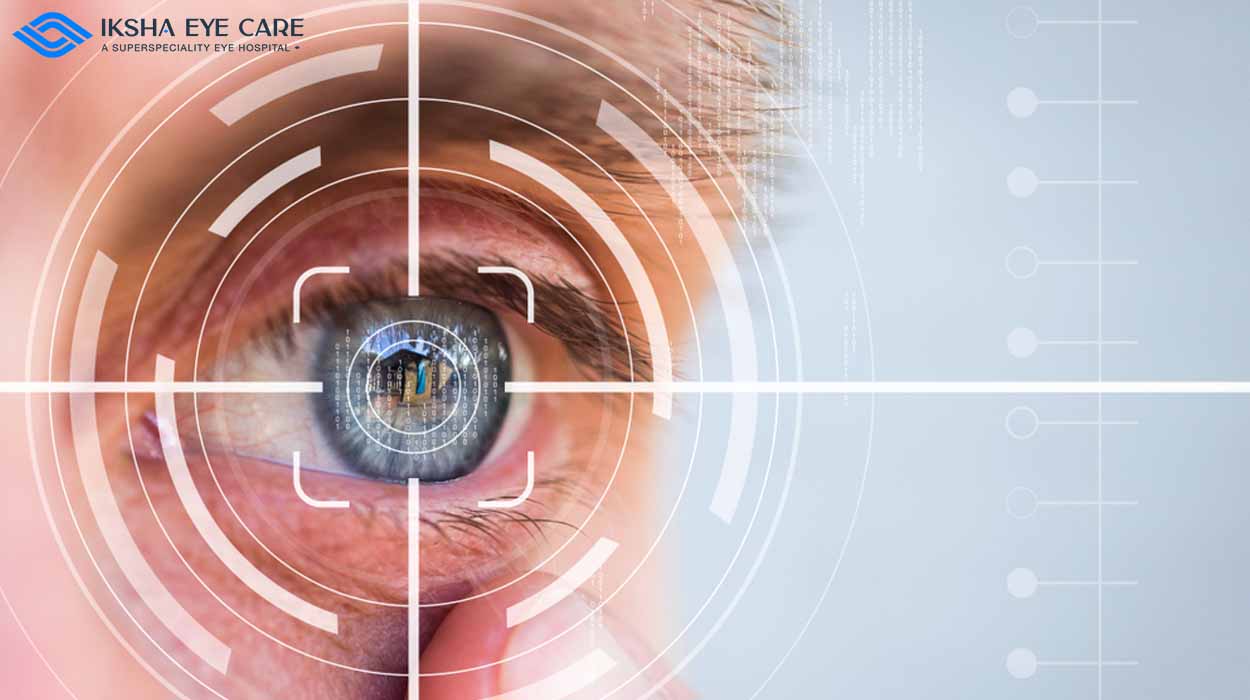Premier Eyecare Near Me: Expert Vision Providers Available
Premier Eyecare Near Me: Expert Vision Providers Available
Blog Article
The Function of Advanced Diagnostic Devices in Identifying Eye Disorders
In the world of ophthalmology, the application of sophisticated diagnostic tools has actually revolutionized the very early recognition and management of different eye problems. As the demand for precise and timely medical diagnoses proceeds to grow, the integration of cutting-edge tools like optical comprehensibility tomography and visual field testing has actually become essential in the realm of eye treatment.
Significance of Very Early Medical Diagnosis
Early medical diagnosis plays a crucial role in the efficient administration and therapy of eye disorders. By spotting eye problems at an early phase, health care providers can use proper therapy strategies customized to the specific condition, ultimately leading to far better results for patients.

Technology for Finding Glaucoma
Innovative diagnostic modern technologies play an important role in the very early discovery and tracking of glaucoma, a leading reason for permanent blindness worldwide. One such innovation is optical comprehensibility tomography (OCT), which supplies detailed cross-sectional pictures of the retina, enabling the dimension of retinal nerve fiber layer density. This measurement is crucial in evaluating damages caused by glaucoma. One more advanced device is visual field screening, which maps the level of sensitivity of a client's visual area, aiding to discover any kind of areas of vision loss quality of glaucoma. In addition, tonometry is used to measure intraocular pressure, a major threat aspect for glaucoma. This test is critical as elevated intraocular pressure can cause optic nerve damages. Newer innovations like the use of man-made intelligence formulas in evaluating imaging information are showing appealing results in the early discovery of glaucoma. These innovative analysis tools allow ophthalmologists to detect glaucoma in its very early stages, enabling timely intervention and far better monitoring of the condition to prevent vision loss.
Role of Optical Comprehensibility Tomography

OCT's capability to quantify retinal nerve fiber layer density enables accurate and unbiased dimensions, aiding in the very early detection of glaucoma even prior to visual field issues emerge. OCT modern technology permits longitudinal surveillance of structural changes over time, assisting in personalized therapy strategies and timely treatments to help protect patients' vision. The non-invasive nature of OCT imaging likewise makes it a recommended option for checking glaucoma progression, as it can be duplicated routinely without creating discomfort to the individual. Overall, OCT plays an important duty in improving the analysis precision and management of glaucoma, eventually adding to far better results for individuals see here now at danger of vision loss.
Enhancing Medical Diagnosis With Visual Field Testing
A crucial component in extensive sensory examinations, aesthetic area screening plays a pivotal role in enhancing the diagnostic process for numerous eye problems. By additional resources evaluating the complete level of an individual's aesthetic field, this examination offers important info concerning the useful honesty of the whole aesthetic pathway, from the retina to the visual cortex.
Aesthetic area testing is especially beneficial in the diagnosis and monitoring of problems such as glaucoma, optic nerve problems, and different neurological illness that can impact vision. With quantitative measurements of peripheral and central vision, clinicians can identify refined modifications that might suggest the existence or progression of these problems, also before noticeable symptoms occur.
In addition, aesthetic field screening permits the tracking of treatment efficacy, aiding ophthalmologists customize healing treatments to private patients. eyecare near me. By tracking adjustments in aesthetic field efficiency gradually, doctor can make enlightened decisions concerning readjusting medicines, advising surgical interventions, or carrying out other ideal measures to preserve or boost a person's aesthetic feature
Handling Macular Degeneration

Final Thought
In verdict, progressed diagnostic tools play a crucial duty in identifying eye conditions early on. Technologies such as Optical Comprehensibility Tomography and visual field testing have actually substantially enhanced the accuracy and check this efficiency of detecting problems like glaucoma and macular degeneration.
Report this page